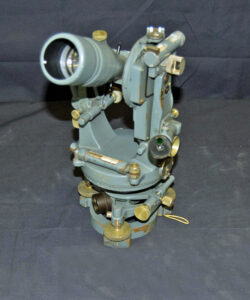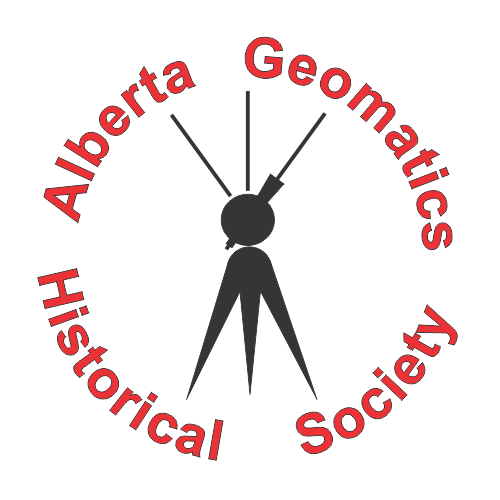
14. A Town in Devonshire, England and the Tavistock Theodolite
By Gordon Olsson
With the introduction of the smaller, lighter Wild T2 theodolite in 1924, it became apparent that British theodolite manufacturers were being outclassed. Field tests done in Canada of the Wild instrument were that its 3 ¾” glass circle gave results equal to the geodetic instruments being used with a 12” circle. Its design also resulted in a speed of operation almost twice that of 12-inch instruments.
Surveyors had been urging British manufacturers to create a theodolite combining accuracy with portability and increased speed of use. In 1926, a paper entitled “Geodetic Theodolites for Canada” written by Mr. J. L. Rannie, Supervisor of Triangulation, Geodetic Survey of Canada was presented to the Optical Convention in London, England. In the paper, Mr. Rannie explained to the British manufacturers the conditions influencing the design of geodetic theodolites for use in Canada.
As a result, in 1926, a meeting attended by the Admiralty, the War Office, and the Ordnance Survey and leading British instrument makers was held in Tavistock, England to address the issue. At the meeting, a Wild theodolite was compared to existing British theodolites and specifications for a British optical theodolite utilizing the latest and best time and labour-saving designs, with well-known qualities of robustness and reliability were drawn up. Following the meeting, the firm Cooke, Troughton and Simms developed a competing theodolite. It was named the Tavistock Theodolite after the name of the town in which the meeting was held.
The prototype Tavistock theodolite was produced in 1929. However, the method of reading the circles did not receive universal approval. A redesign of the circles resulted in a new instrument, which launched in 1931. The Tavistock theodolite had a horizontal circle of 3 ½” and could be read directly to 1 arc second and weighed approximately 11.5 lbs.
Other instrument makers also developed optical theodolites. However, none of the competing companies would develop theodolites that would come close to those produced by Wild or those later developed by Heinrich Wild when he worked for Kern. To compete, some USA instrument makers such Keuffel & Esser and W.E. Gurley started to import and distribute optical theodolites produced in Japan or Europe. They were eventually bought out or ended up in bankruptcy.

Cooke Troughton and Simms Tavistock Theodolite. The significance of the name “Tavistock” was always a bit of a mystery until a bit of research resulted in the finding that the name referred to the town in which it was designed. From a dated picture in a pamphlet accompanying the theodolite, it appears this instrument was produced sometime after 1936. According to C.H. Weir ALS#164, this theodolite dates back to when A.G. Stewart ALS#078 was in private practice in Edmonton.
Donated by C.H. Weir ALS#164
ALSA 2007.27.09
Sources of Information:
- R.L. Peake, The Tavistock Theodolite, The Geographic Journal, Vol 73, No. 6, 1929,
- H. Connell, The “Tavistock” Theodolite, Published in the Journal of the Chemical, Metallurgical and Mining Society of South Africa, Dec. 1932.
- Website of Nicolas de Hilster, PhD, Geodetic Instruments: https://www.dehilster.info/geodetic_instruments/tavistock_theodolite.php
Author: Gordon Olsson, ALS (Hon. Life)
February, 3, 2022
Copyright 2024 © Alberta Geomatics Historical Society
